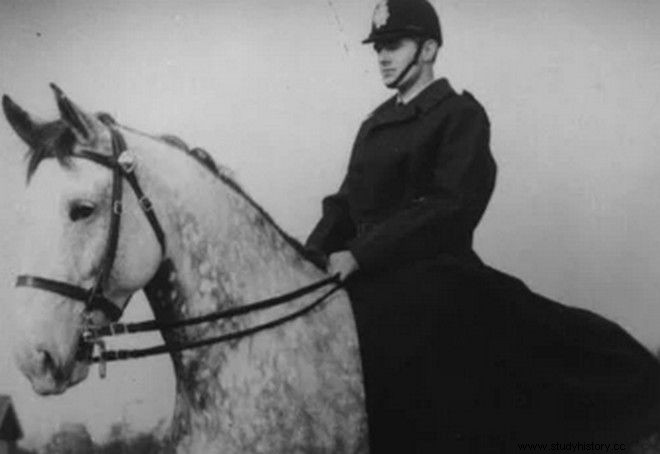You call it a trench coat, you call it a parka, you call it an anorak, you call it a cape, the essence is one for what you choose to wear as an outerwear in the last few days, so you don't get pneumonia, it's called 'waterproof'. We all have at least one in our homes. But to whom do we owe its existence - and to a large extent our health?
I will need to take you back to 1785 when the then 19-year-old Charles Macintosh (I want you focused on our topic) quit his clerical job to devote himself to his passion, which was chemistry. He had 'discovered' it since he was a small child, in the workshop of his father, George who was a fabric dyer - which he 'composed' himself from every possible material, following tests. This is what his son tried to do since he was little. Often the vials would explode - something was going wrong. They were not afraid.
The development of his story, as an adult, was helped by a proposal he had from a company in Glasgow - where our man was born and lived -, which made chemical products. He felt like a kid in a candy store, as he tasted in his mind. At 20, he decided to open his own laboratory, with ammonium chloride and Prussian blue dye as products. At the same time, he had built his own space to test his ideas.
In 1818, in an analysis of the by-products of what was needed to make coal gas (there was no electricity and all the lamps - in the houses and on the streets - operated with gas resulting from the burning of coal), he discovered that a substance had special properties. It was the naphtha. As Now You Know About explains, when you burn coal to make gas, you get a liquid called naphtha.
Fact :the dictionary definition of naphtha is 'the general name for any mixture of inflammable and volatile hydrocarbons used for dilution or purification'. The one in the high school chemistry book wants naphtha to be “the fraction of the crude oil distillate that lies between gasoline and kerosene. This fraction consists mainly of alkanes with 5 to 9 carbon atoms". You will have already understood that it is the main component of mothballs.

Macintosh noticed that naphtha could dissolve the india rubber - which was present in the rubber trees. I don't know if you know, but rubber trees produce a rubbery emulsion when you scratch them. It is the main source of natural rubber. The Scotchman's compound (of naphtha with rubber) produced a paste that was impervious to rain.
The second thought was to make a fabric that would protect the wearer from the rain and remain unchanged under precipitation. So he took his discovery and placed it between two pieces of woolen cloth.
The third inspiration was to name the 'creation' Mac Coat. This remains the official name of the 'raincoat' which is still produced in the factory created by Macintosh in Cumbernauld, Scotland using the same technology. Except it's called 'Mackintosh'. All stages of the Mac Coat's stitching are done by hand and from start to finish one person takes care of it, just like it was 200 years ago.
He got the patent in 1823, when he sold the first raincoat. He then proceeded to mass-produce his own - after tailors were reluctant to use his invention. After the prompting of commercial partners, he also released a 'version' with cotton fabrics. They sold out to train travelers and horse riders, with the army and navy placing their own orders.

The first problems that were found were that during sewing, holes were created in the fabric that 'put in' water, in the winter it became stiff and in the summer it could not withstand. Then came the complaint that Macintosh had 'stolen' the idea from a surgeon named James Syme. He didn't care (about the surgeon) and focused on solving the issues his product had. He agreed to merge his company with that of Thomas Hancock, who in 1843 discovered vulcanized rubber and used it in designs.
The union of the arts gave the raincoat we know today and was made available to the army, navy, police and railways. Later, major fashion houses such as Hermès, Louis Vuitton and Gucci were added to the clientele, making their own designs and sending them to the factory for 'execution'. Many other brands did this along the way.
He didn't get to enjoy the evolution of his 'child' (in all clothing), as he died in the year of the merger. He was 77 years old. He was also the one who had discovered the bleaching powder (calcium hydroxide, plus calcium chloride, plus calcium hypochlorite) used as a bleach, deodorant and disinfectant.
